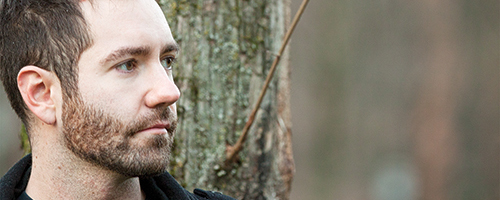Hormones are something every student has been hearing about since middle school.But the science behind them is something few people focus on. Even fewer look into the relationship between hormones and behavior.
Class examines the relationship between hormones and behavior
Hormones are something every student has been hearing about since middle school.But the science behind them is something few people focus on. Even fewer look into the relationship between hormones and behavior.
But Deborah Lutterschmidt, a professor in Portland State’s Biology Department, does just that. And now she teaches a course about it.
Behavioral endocrinology takes traditional endocrinology—the study of hormones, the gland that produces them and the way they are produced—and adds a focus on behavior. Lutterschmidt says the course has a little bit of traditional endocrinology in it, but leans more toward behavior, which she thinks turns out to be a really complex target to understand.
“The class is all about understanding how hormones and behavior interact. It’s really common knowledge that hormones affect behavior, but actually the way that we behave affects our
hormone concentrations,” Lutterschmidt said.
While Lutterschmidt and her students work with tree frogs and garter snakes to do their research, the results generally apply for humans. Lutterschmidt believes this gives the course a real level of interest.
Containing about 40 undergraduate and graduate students, the class meets three times a week. Grad students select research articles, and small groups are formed to discuss the articles and select questions for a larger group discussion, led by Lutterschmidt.
“By doing this in a group setting, it makes the students feel a little bit more comfortable for interacting, and then there’s a grad student that can help me answer everybody’s questions,” Lutterschmidt said.
Lutterschmidt explained that she likes to place an emphasis on inquiry-based learning in her classroom. “Science is all about solving mysteries,” she said.
She enjoys challenging students and making them come up with new ways to learn and participate in class each day. By reading articles, her students gain experience interpreting data, drawing conclusions from that data and understanding limitations associated with different research techniques.
“It brings the field of behavioral endocrinology to life in a way that no individual textbook can,” Lutterschmidt says.
Lutterschmidt got her doctoral degree in this topic from Oregon State University and continued her postdoctoral work at the Center for Behavioral Neuroscience in Atlanta, Ga. This course is very similar to her research because, just like in the class, her research deals with tree frogs and garter snakes.
In her research and in her class, Lutterschmidt said a main focus is “understanding how environmental cues such as temperature and social stimuli regulate seasonal rhythms. Understanding how hormones and behavior interact is a big part of that question.”





